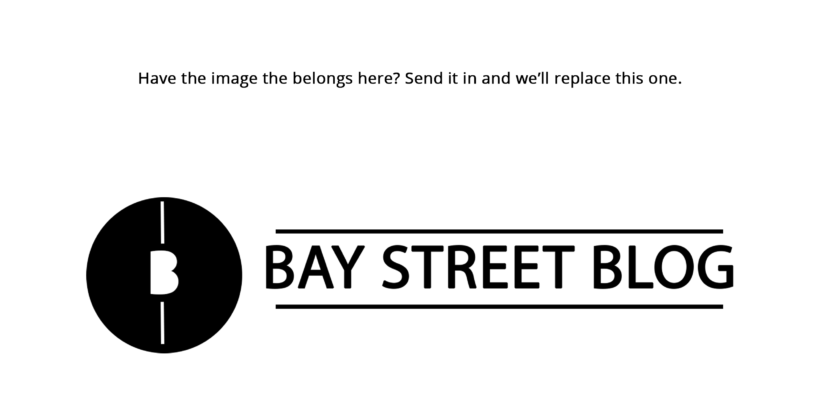All Aboard the Affordability Train: Top Affordable Neighbourhoods for GO Transit Commuters
Share

The cost of living in the big city is undoubtedly steep, and that’s especially true of the 416: The average home price in Toronto has steadily increased annually for two decades, even as sales have drastically slowed following the implementation of the Ontario Fair Housing Plan. Regardless of recent market trends, it’s still too pricey for some to purchase real estate in the inner city.
Buying a more spacious and affordable home in the ‘burbs isn’t a new concept, but today’s millennial buyers are loathe to spend hours of their precious time in traffic gridlock. For that reason, homes close to GO Transit stations, which provide access to Toronto’s downtown Union Station, tend to see a bump in value compared to other neighbourhoods in the 905.
And, homes in further-flung suburbs can still be purchased for a relative bargain, compared to housing stock within the 416. For example, you’d save an average of a whopping $362,938 on a home purchase in Malton, the most affordable neighbourhood along the GO Transit line, where average home prices ring in at just $363,774 compared to $726,712 in the city. Even a townhouse for sale in Toronto will set buyers back a cool $682.177. It’s no wonder they’re flocking to real estate in Hamilton, Halton and Brampton for cheaper choices.
To illustrate how affordability varies throughout the GTA, Zoocasa has compiled the average home price within a 2-kilometre radius of each GO Transit station:
Most Affordable Places to Buy a Home on the GO Transit Line
Top 6 Most Affordable Stations Within a 45-Minute Ride to Union
- Malton: $363,774 (Kitchener line)
- Cooksville: $399,380 (Milton line)
- Bramalea: $402,483 (Kitchener line)
- Dixie: $417,685 (Milton line)
- Oakville: $501,383 (Lakeshore West line)
- Streetsville: $545,450 (Milton line)
The numbers may tempt you to pack up your 600-square-foot condo and purchase a Presto Pass – but what can you expect from the most affordable 905 neighbourhoods? Let’s take a look at market conditions in three of the most affordable neighbourhoods across the tracks.
West: Malton
Ave Price: $363,774
32-minute ride
This northeastern corner of Mississauga has a small town feel, thanks in part to its unique location north of Lester B. Pearson Airport, which effectively cuts it off from the rest of municipality. Malton is home to 39,090 residents, and is a very culturally diverse neighbourhood; just over 60 per cent of the population are immigrants, predominantly those with Italian, Polish, Sikh and Punjabi backgrounds.
Malton is a great location for well-valued housing, featuring a mix of home types. Single-family, detached homes account for 23.6 per cent of housing stock, while various types of apartment-style dwellings account for the majority.
Central: Mimico
Ave Price: $593,081
17-minute ride
Mimico is an affordable pocket just west of Toronto’s downtown. Its close vicinity and relative bargain prices make it a coveted neighbourhood for those who don’t want to stray too far from the core, and there are plenty of housing options to choose from, with a mix of new condo development and character detached and semi-detached homes. Houses account for 17 per cent of housing stock, while apartments over five storeys high account for half. This neighbourhood has large Polish, Spanish and Russian communities, and a flourishing business strip off of Royal York Road.
East: Oshawa
Ave Price: $460,660
58-minute ride
Considered the “eastern anchor” of the Golden Horseshoe, Oshawa has seen its population boom, with over 20,000 newcomers to the areas between 2011 and 2016. And it’s no wonder this Lake Ontario-oriented community has become so popular. Once a stronghold for the automotive industry, it’s now a flourishing education and health sciences hub, and home to three post-secondary institutions. With a population heavy on students, young couples, and families, this historic city is also seeing a resurgence in local business, dining and retail. It’s also a great place to find a detached home for less – they make up 65.5 per cent of all housing stock.
You May Also Be Interested In: 5 Major Housing Types: What You Need to Know
Writer: Penelope Graham
Disclaimer: All investing can potentially be risky. Investing or borrowing can lead into financial losses. All content on Bay Street Blog are solely for educational purposes. All other information are obtained from credible and authoritative references. Bay Street Blog is not responsible for any financial losses from the information provided. When investing or borrowing, always consult with an industry professional.







Bay Street Blog Newsletter
Click here to subscribe for a financial savvy experience.
Please check your email to confirm subscription!